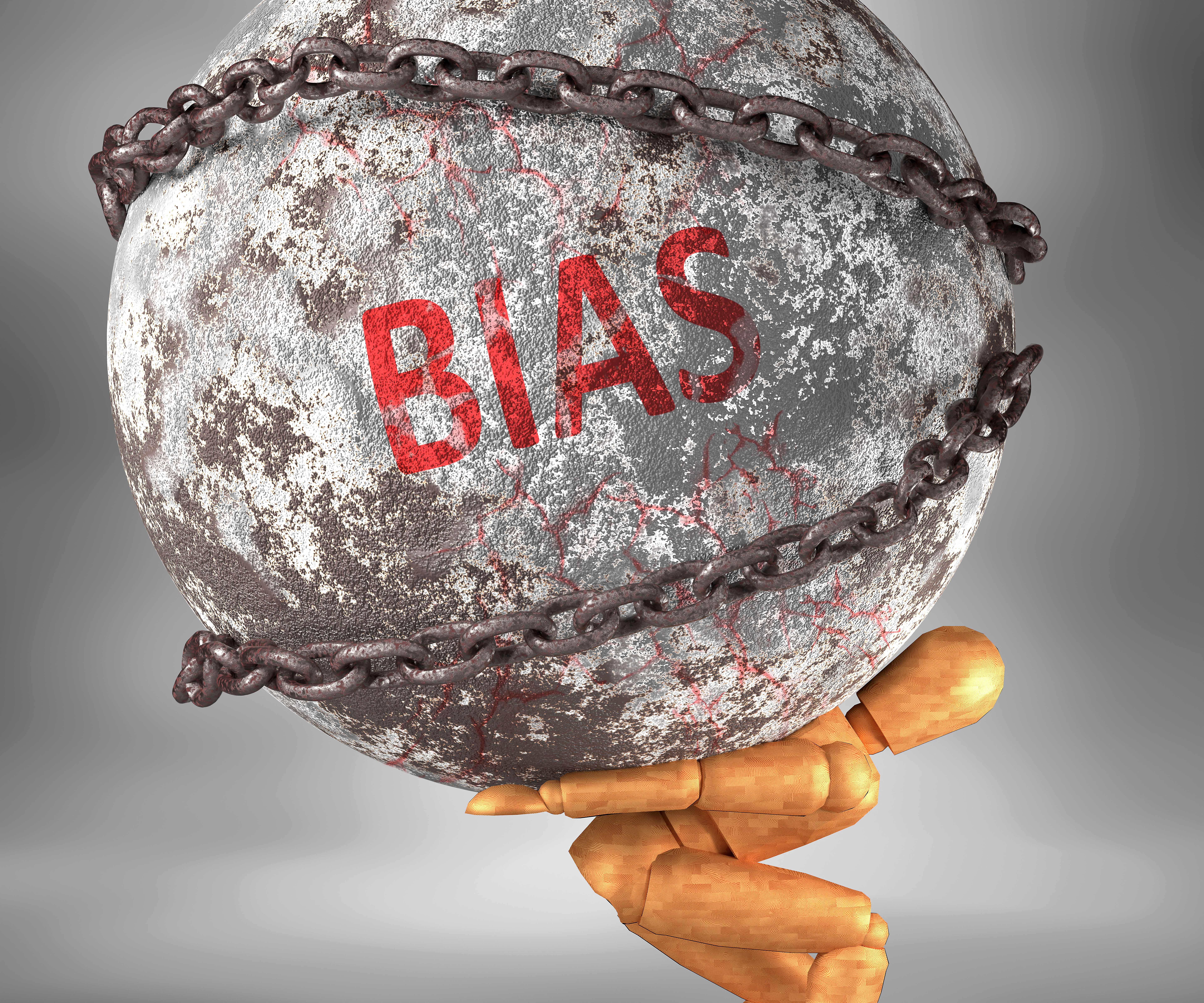Felicia Sadler, MJ, BSN, RN, CPHQ, LSSBB | Source | Vice President - Quality at Relias

Felicia Sadler, MJ, BSN, RN, CPHQ, LSSBB
Felicia Sadler is the Vice President of Quality at Relias. She has a demonstrated leadership experience in the hospital and health care industry. Felicia's skilled in clinical process improvement, change management, value based purchasing, and physician relations. She has been a registered nurse for over 30 years and is a certified professional in Healthcare Quality, a Lean Six Sigma Black Belt in Healthcare, and has served as an examiner for the Tennessee Center for Performance Excellence. She holds a Master of Jurisprudence in health law from Loyola Chicago School of Law and a Bachelor of Science in nursing from South University. She has served as chairperson for ASHRM's Education Strategy Committee and ASHRM’s Education Development Task Force and assists healthcare organizations with strategic solutions to impact clinical outcomes and optimize organizational performance. She's a Certified Professional in Healthcare Quality with a Master of Jurisprudence in Health Law from Loyola University Chicago School of Law.
-
Relias
Vice President - Quality
-
Strategies to reduce bias and improve the patient experience
Health care professionals should understand how attitudes and behaviors can impede communication, trust, and patient engagement.
Article -
Combating the rise of workplace violence in healthcare
It's imperative for healthcare leaders to scrutinize their current workplace violence prevention processes and establish policies that ensure safe and supportive employment environments.
Article -
CMS’ Staffing Mandate Proposal For Nursing Homes Could ‘Spell Trouble’ For Home Health Care
The Centers for Medicare & Medicaid Services’ (CMS) nursing home staffing proposal has been a dark cloud over the industry. Some believe it could
Article
-
Although there are many different catalysts for violent events in the workplace, early detection of risk can often be achieved. One example would be conducting mental health screenings for patients. By identifying historical incidents and prior violent tendencies, this approach helps to be proactive in addressing problems before they arise.
Research reveals that in 2022, 48% of hospital nurses reported an overall rise in workplace violence, up from 30.6% in September 2021. To diminish these numbers, hospitals have increased implementation of risk assessment tools such as the Brøset Violence Checklist (BVC). The BVC is a violence prediction screening tool that evaluates imminent violent behavior by identifying behavioral patterns and has the highest efficacy for anticipating workplace violence. Such tools comprise a set of industry-wide standards that healthcare professionals can use to identify warning signs, determine the risk of violence, and take subsequent steps to reduce it.
Healthcare organizations can also proactively identify risks that may exist by performing an organizational analysis and evaluation of existing structures, processes, and policies. As part of any continuous process improvement, an annual program evaluation should be conducted, and updates should be integrated into future policies and education.
-
Unfortunately, healthcare is not immune to many of the same pay disparity issues facing BIPOC (Black, Indigenous and People of Color) individuals that are present throughout the workforce. There is a greater recognition among healthcare organizations that disparities exist and many of those organizations are taking steps to address it, but more needs to be done.



